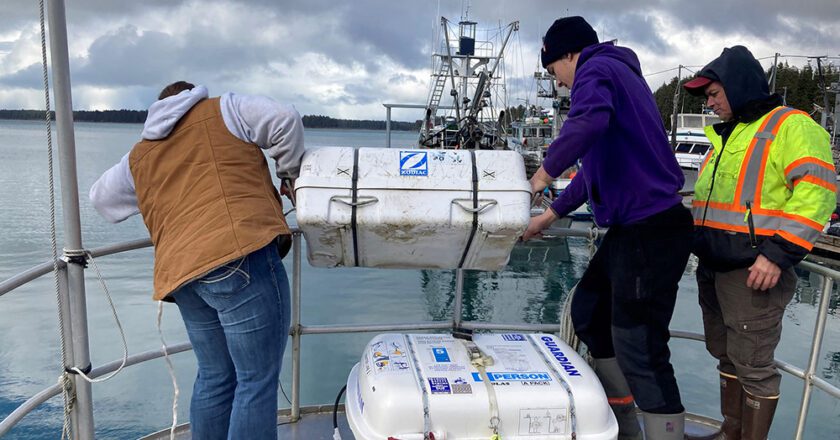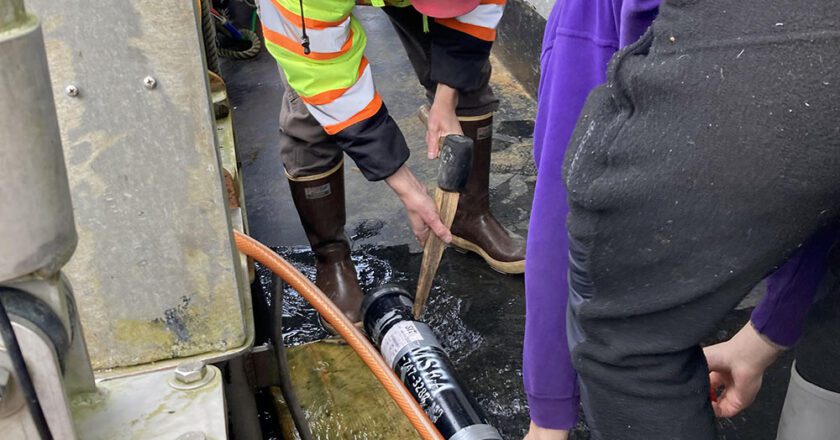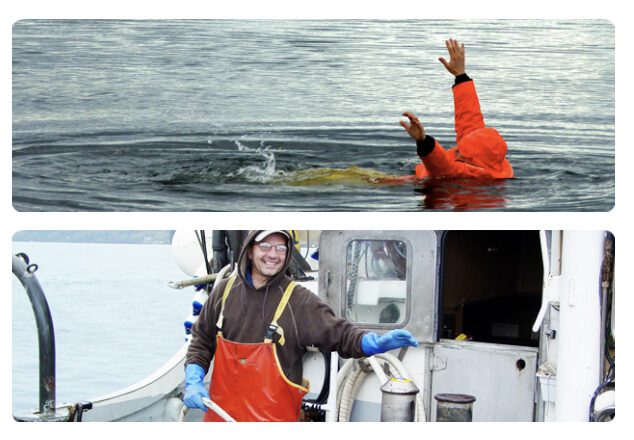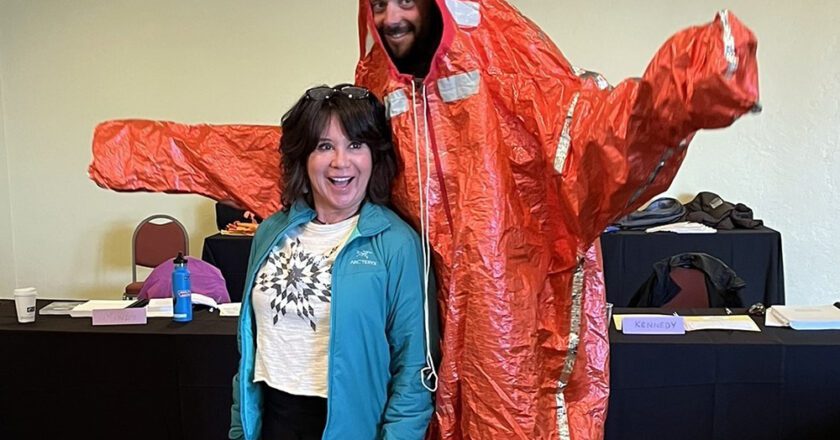Coast Guard Dewatering Pump Operations
By Jerry Dzugan, AMSEA
In a flooding emergency, you can’t expect a rescue resource or good Samaritan to be waiting nearby.
Vessel flooding and its often related instability are the most common source of fishing vessel losses. Consider the distance that a Coast Guard helicopter has to travel to deliver dewatering pumps. Plus, they don’t carry a pump on every routine flight due to weight constraints.
It makes sense and is a good maritime practice to have your own dewatering pumps and bilge alarms.
The quickest way to have a pump available is to have your own dewatering pump installed and maintained. Remember that an ordinary bilge pump is rated by the number of gallons it can pump in an hour. You want a pump that is rated for gallons per minute—a dewatering pump. The pump(s) should be ...









